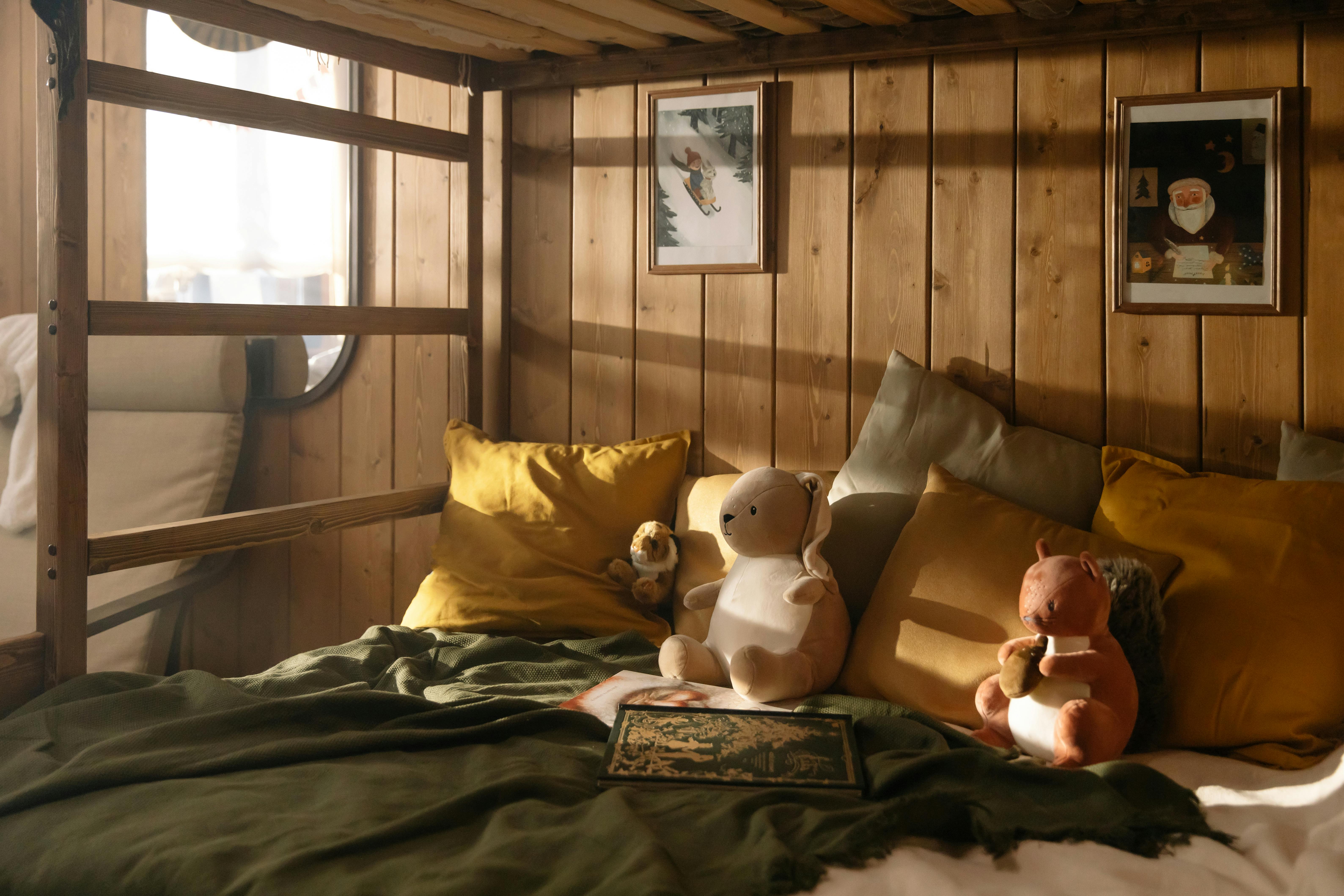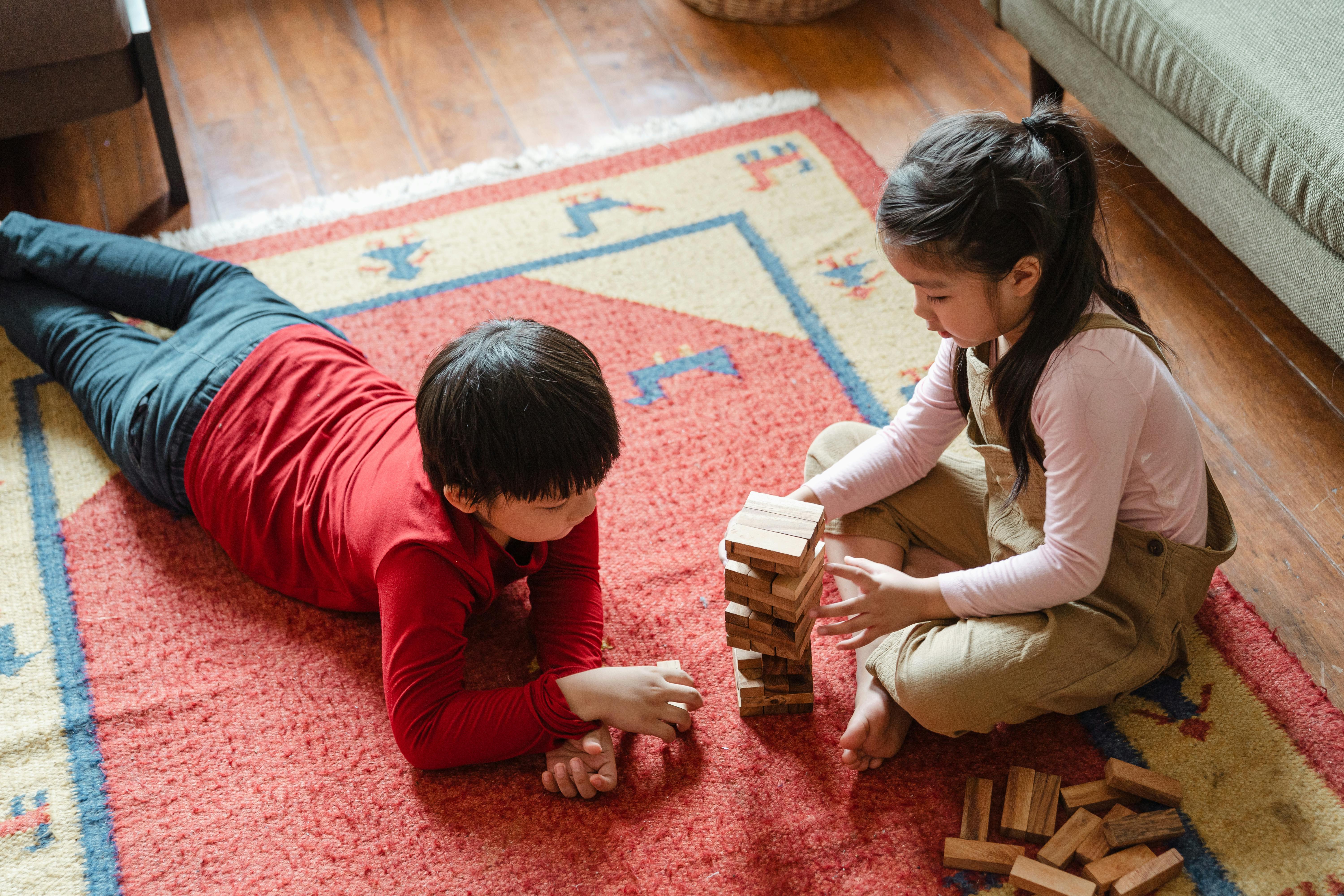Biophilic design is a concept that has been around for decades; however, it’s only now that we are truly seeing the importance of its benefits. As modernization and urbanization expand, biophilic design is no longer a want but a need, especially for our babies, children, seniors, and those who are immune-compromised. Biophilic design incorporates elements of nature into the built environment, and it has innumerable benefits for children's physical, emotional, and cognitive development. Here are a few ways it can enrich their lives:
Enhanced Cognitive Development
Exposure to natural elements, such as sunlight, plants, and natural materials, can stimulate children's cognitive development and is linked to improved concentration, problem-solving skills, and creativity.
Improved Mental Health
Biophilic design has been shown to have a positive impact on mental health, reducing stress, anxiety, and symptoms of attention-deficit disorders (such as ADHD) in children. In addition, it creates a calming environment that promotes overall emotional well-being.
Greater Connection to Nature
Biophilic design fosters a sense of connection to Mother Nature, which is especially vital in urban cities where children may have limited access to outdoor green spaces. Exposure to nature through biophilic design can also instil a lifelong appreciation for the environment and encourage sustainable behaviours.
Promotes Learning & Exploration
Biophilic design encourages curiosity, exploration, and hands-on learning experiences. Natural materials, textures, and patterns stimulate sensory exploration, and nature-inspired environments provide endless opportunities for experiential learning and discovery.
Bring biophilic design into your children's bedrooms
Now that we know some of the benefits, the next step is tapping into them at home. If you’re unsure how to begin, consider the following ideas to get the ball rolling. None of these require a major home reno, and getting started can be as simple as rearranging the furniture!

1. Dynamic & Diffused Light
By maximising natural daylight in your child’s bedroom, it will help regulate their body's circadian rhythms, improve mood, and enhance the overall ambiance of the room. The best way of doing this is to position their bed in proximity to a window to allow maximum exposure to daylight.
2. Helpful Houseplants
Choosing low-maintenance houseplants, such as snake plants, pothos, or spider plants, will improve the air quality—which is linked to improved sleep—while adding visual interest and a sense of tranquillity to your child’s bedroom.
3. Material Connections with Nature
Opt-in for furniture and decor made from natural materials, such as wood, bamboo, rattan, or cork. Choose organic cotton, linen bedding and curtains, woven rugs, or knitted wool blankets. Natural materials like these add warmth, texture, and that material connection with nature.
You can also decorate with nature-inspired art, such as botanical prints, wildlife motifs, or landscapes. Use earthy colour palettes inspired by the natural world, such as shades of green, blue, brown, and beige. Decorative elements like wooden accents, nature-themed bedding, and soft animal plush toys can further evoke a sense of nature indoors.

There are many other ways to incorporate biophilic design in your children’s bedroom, but don’t be afraid to start small, and you’ll soon see a substantial impact.






